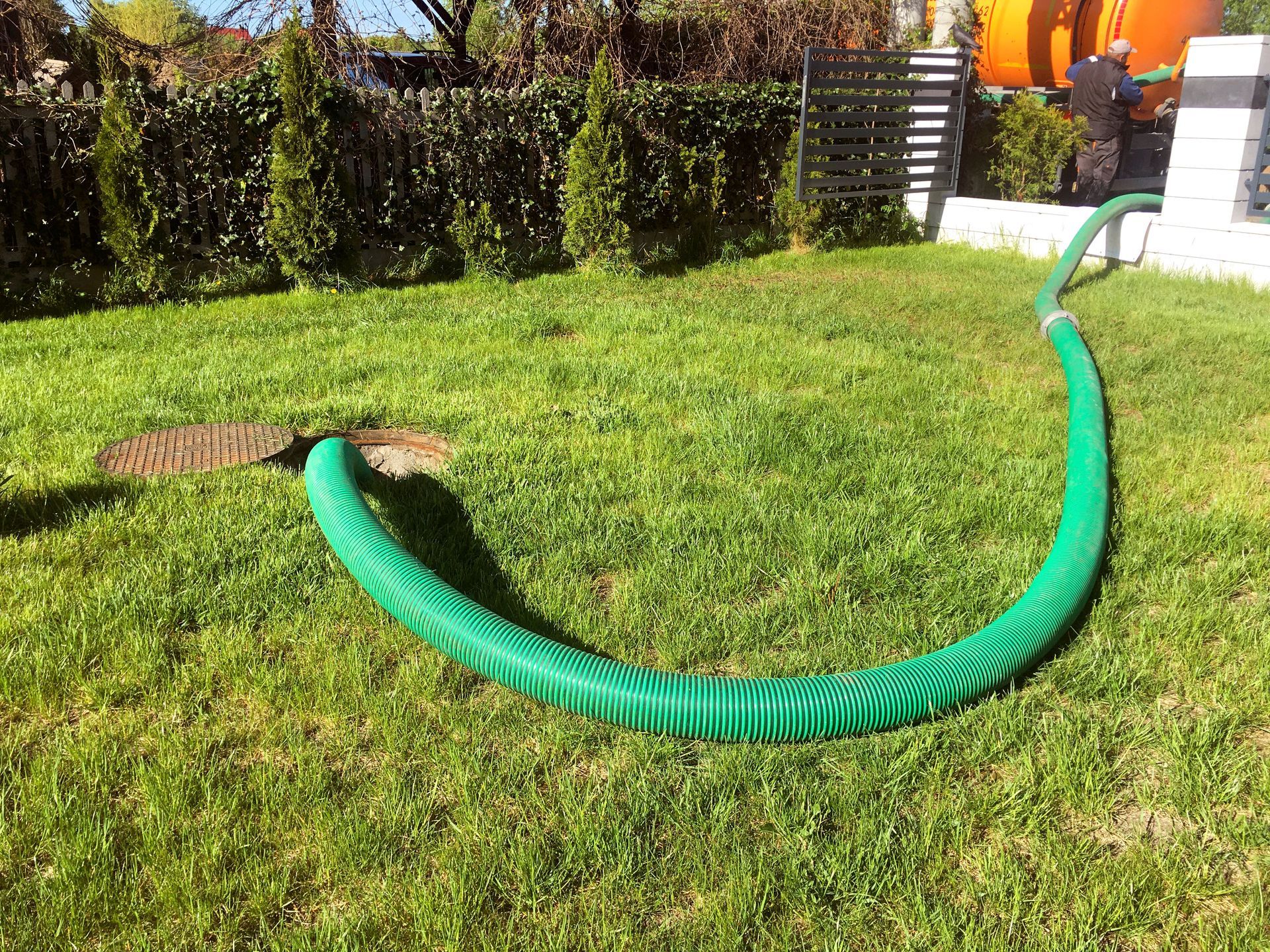What Is Included in a Septic Inspection?
Septic inspections are a crucial aspect of home maintenance, particularly for properties that rely on septic systems instead of municipal sewage. Regular inspections help ensure that your septic system remains in good working order, preventing costly repairs or replacements down the line. Understanding what exactly is involved in an inspection can empower homeowners to maintain their system more effectively. In this blog post, we will explore the key components of an inspection, why they are important, and how they contribute to the longevity of your system.
Assessing the Condition
A septic inspection typically begins with a thorough assessment of the overall layout and condition of the septic tank. According to Forbes, most septic tank sizes are around 750 to 1,000 gallons. Inspectors will check the tank for cracks, leaks, and any signs of wear or damage that could pose a risk to its integrity. The inspection will also include measuring the levels of sludge and scum in the tank to ensure they are within normal limits. This helps determine if the tank needs to be pumped or if there are any underlying issues that need addressing.
Evaluating the Drain Field
Another critical component of a septic inspection is evaluating the drain field. The drain field is an essential part of the sewer system, responsible for safely releasing effluent into the ground. During the inspection, professionals will look for signs of pooling or slow-draining water, which might indicate a failing or clogged drain field. Inspectors may also probe the soil in the area to assess its saturation level and check if the system is dispersing the effluent properly. Identifying and addressing drain field issues early can prevent more serious problems and protect your property from contamination.
Checking the Components
The final aspect of a septic inspection involves checking the system's mechanical and electrical components, such as pumps, filters, and alarms. Inspectors ensure that all parts are functioning correctly and efficiently. They also check for any signs of corrosion or wear that might impair system performance. Regular inspection and maintenance of these components are vital in preventing unexpected system failures and ensuring that the entire septic system operates smoothly.
A comprehensive septic inspection covers various critical aspects of your septic system, from the tank's physical condition to the functionality of its mechanical components. By understanding and addressing potential issues before they become significant problems, homeowners can ensure the longevity and effectiveness of their septic systems. Regular inspections can save money and protect both your property and the environment from potentially harmful sewage-related incidents. Protect your property and avoid costly repairs with a professional septic inspection from Gulf Coast Septic LLC. Contact us today to schedule your service and keep your system running smoothly for years to come.




Share On: